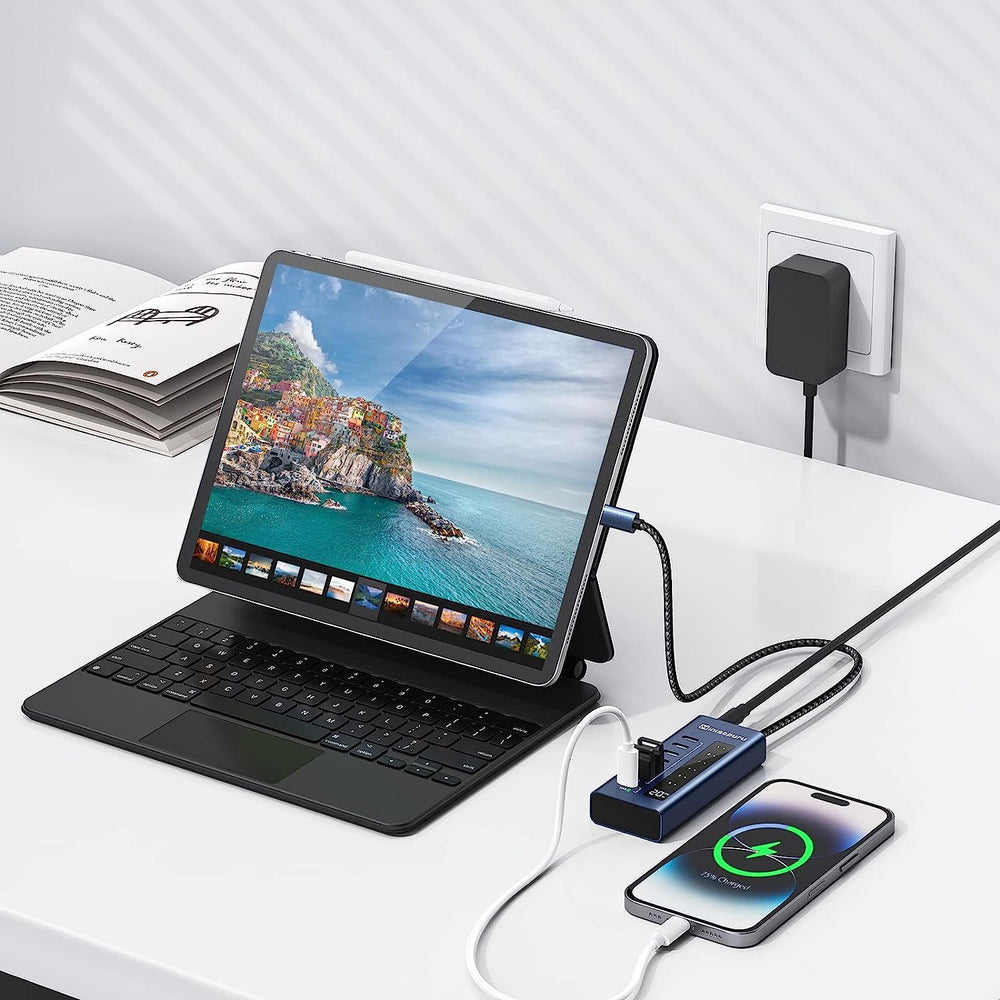As any powerful piece of computer hardware, the Central Processing Unit (CPU) generates heat during operation and requires proper cooling to achieve optimal performance. Mark Gallina, a System Thermal & Mechanical Architect at Intel, explains that during normal operation, the transistors within a CPU convert electrical energy into thermal energy, or heat, which increases the CPU's temperature. If there isn't an efficient path for this heat to escape, the CPU may exceed its safe operating temperature.
To maintain the CPU at an ideal operating temperature, there are various cooling methods available, with most desktops and laptops utilizing either air or liquid-based coolers. This article will compare liquid cooling versus air cooling, discussing how they work, their advantages and disadvantages, and which might be best suited for your system.
How CPU Coolers Function
Both air and liquid CPU coolers operate on a similar principle: they absorb heat from the CPU and redistribute it away from the hardware. The heat generated by the processor is transferred to the metal lid of the CPU, known as the Integrated Heat Spreader (IHS). This heat is then transferred to the baseplate of the CPU cooler, where it is either distributed through liquid or via a heat pipe to a fan, which blows the heat away from the cooler and eventually out of the PC.
While the underlying mechanics are similar, air and liquid coolers achieve this heat redistribution in distinct ways.
Air Cooling
In an air cooler, heat is transferred from the IHS of the CPU through thermal paste onto a conductive baseplate, typically made of copper or aluminum. From there, the thermal energy moves into attached heat pipes designed to conduct heat from one location to another. The heat is then moved to a heatsink elevated off the motherboard, freeing up space for other components. The energy in the form of heat is delivered to thin metal fins that maximize exposure to cooler air, which absorbs the heat. An attached fan then blows the warm air away from the heatsink.
The effectiveness of an air cooler can vary based on factors such as the materials used in construction and the size and number of fans attached to the CPU heatsink. Larger air coolers generally dissipate heat more effectively, but may not fit in smaller form factor PCs.
Liquid Cooling
Liquid cooling options include All-in-One (AIO) coolers and custom cooling loops. AIO coolers are the focus here, as they share fundamental principles with custom loops. The process begins with a baseplate connected to the IHS of the CPU with thermal paste for better heat transfer. The metal surface of the baseplate is part of the waterblock filled with coolant that absorbs heat as it moves through. The coolant then moves through the system to a radiator where it is exposed to air, helping it cool. Fans attached to the radiator move the heat away from the cooler, and the coolant re-enters the waterblock to begin the cycle again.
Choosing Between Cooling Methods
Both cooling options are highly effective when properly implemented but excel in different scenarios. Considerations include price, ease of installation, size, sound, and temperature regulation when making your choice.
Price
The cost can vary significantly depending on the features you prioritize. Generally, air coolers are less expensive due to their simpler operation. Both air and liquid coolers are priced across a wide spectrum based on the features you're looking for.
Ease of Installation
While AIO liquid coolers are often more complex to install than standard air coolers, they are still relatively straightforward. Custom loops require more effort and knowledge but offer greater customization and flexibility.
Size
Air coolers can be bulky, but this bulk is concentrated in one area. AIOs require space for the radiator and proper orientation and alignment of components.
Sound
Liquid cooling, especially with AIOs, tends to be quieter than CPU heatsink fans. However, there are air coolers with fans designed to reduce noise.
Temperature Regulation
Liquid cooling is often more efficient and quieter, especially for overclocking or CPU-intensive tasks like video rendering or streaming.
Conclusion
The choice between liquid cooling and air cooling depends on how you use your computer and your expectations for performance and workloads. Liquid cooling offers silent operation and efficient cooling but may come at a higher price. Air cooling is more affordable and simpler to install but may not match peak performance or acoustics. Consider your PC usage and future plans when deciding which cooling solution is best for you.

